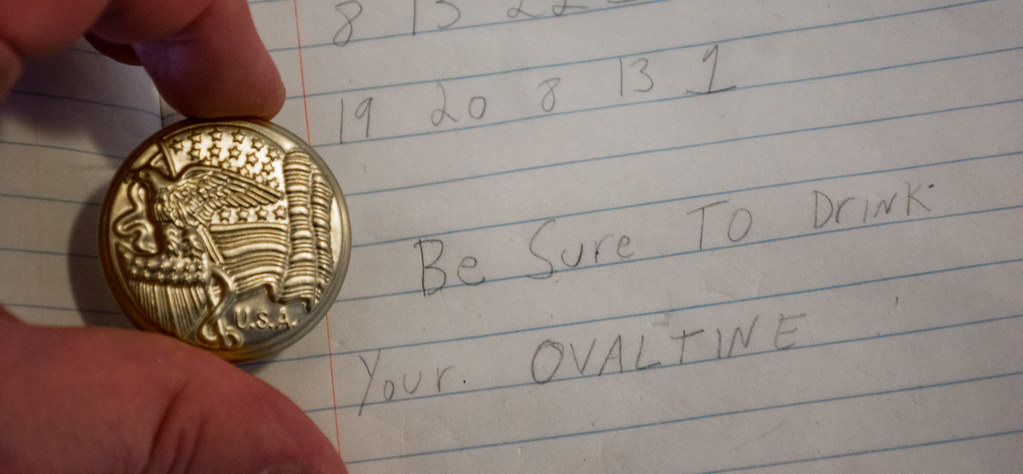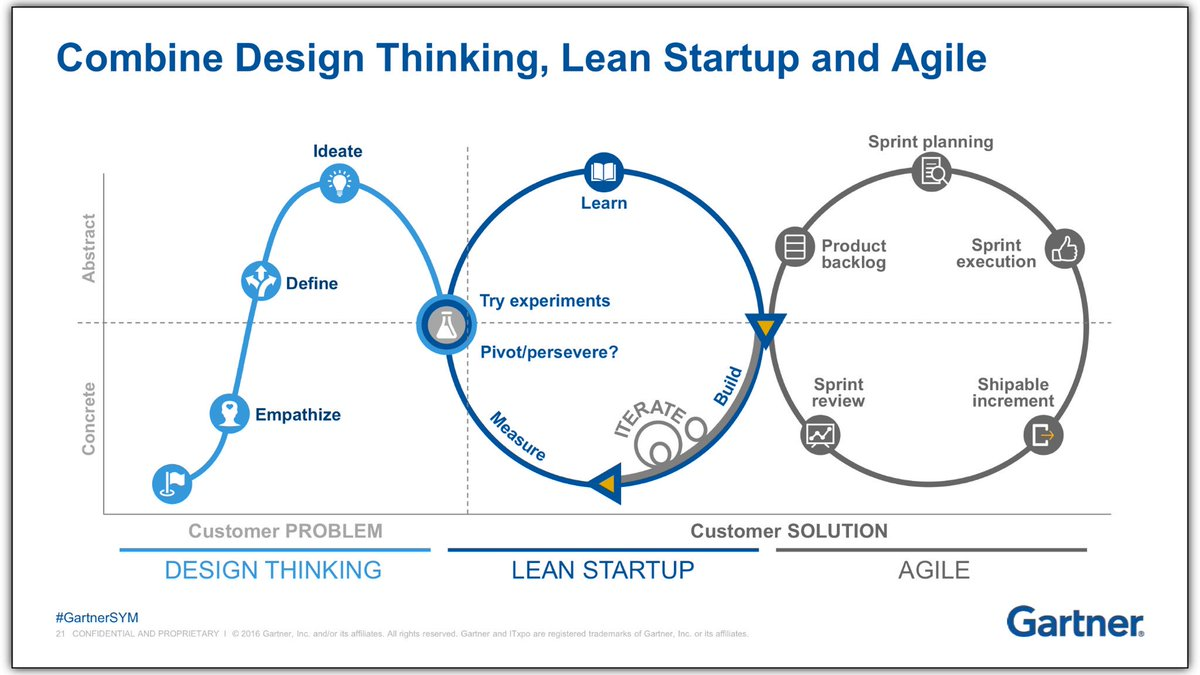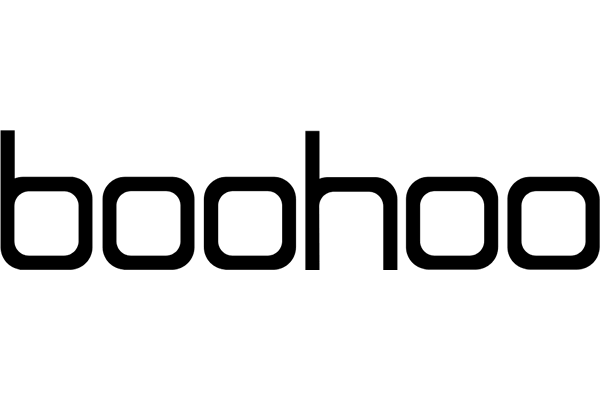
While many businesses have taken a hit due to the COVID-19 pandemic, some have been able to take a hold of the situation and actually use it to their advantage. Popular British fast fashion brand, Boohoo, has been able to do this by simply staying true to their brand voice. By staying consistent with who they are as a brand and simply adjusting brand messaging to be relevant to the COVID-19 pandemic, they have actually seen their revenues increase by 44% compared to last year.
Part of the reason Boohoo has been able to be so successful during the pandemic is because of the strong and consistent brand voice that they maintained pre- COVID. Their voice represents the personality they have designed their clothes to portray; one that is funny, laid-back, and slangy.
In an article in Econsultancy, Rebecca Sentance details all of the ways in which Boohoo has been able to adjust their messaging to accurately portray their personality amidst the pandemic. Some of the keyways she says Boohoo has found success are by cleverly designing a hashtag, #boohoointhehouse, and creating a campaign around it, using their social accounts to create a strong brand tone that once again reflects their personality, and by sharing uplifting content.
Boohoo is a clear example of how maintaining a strong brand voice that accurately depicts your brand and resonates with your audience can lead to major success. Branding is one of the core pieces we teach in The Social Media Magnet courseware and live practicum.
In our Social Media Magnet theory, we believe that a successful inbound marketing campaign can be represented by three elements: the brand hub, the message magnet, and the infinity loop. The brand hub is the center of the model because it is what will re-center the magnet if it drifts off course and it is composed of the three key brand elements: the brand story, brand promises, brand beliefs, and brand trust. The brand hub can be represented by the model below:
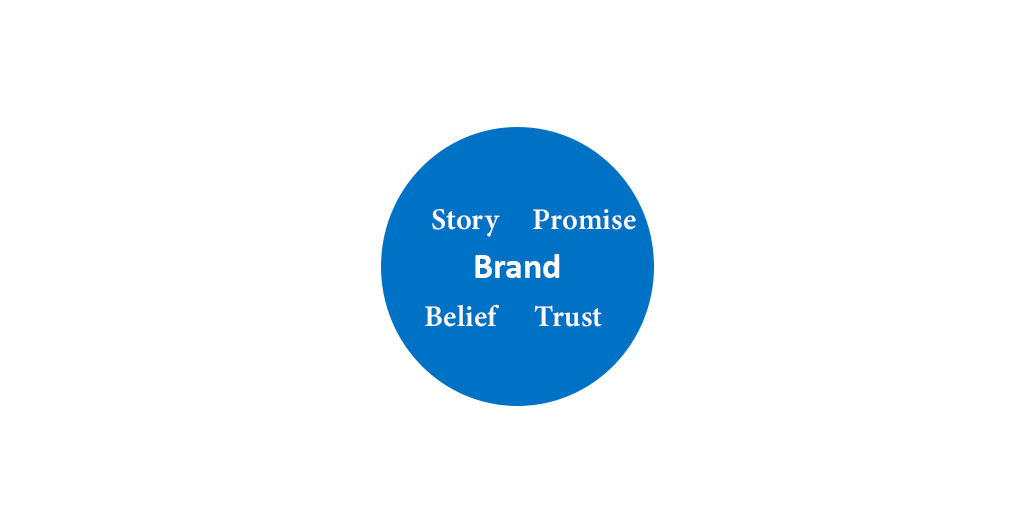
The brand hub then has spokes that extend from it, representing all of the channels through which messages can be sent, like email or social media. This creates the message magnet because those messages will either attract or repel customers. The message magnet has the opportunity to both shrink and expand based off of if the marketing messages are attracting more or repelling more customers.
The total amount of customers in the market segment can be represented by an infinity loop that overlays the message magnet as seen below:
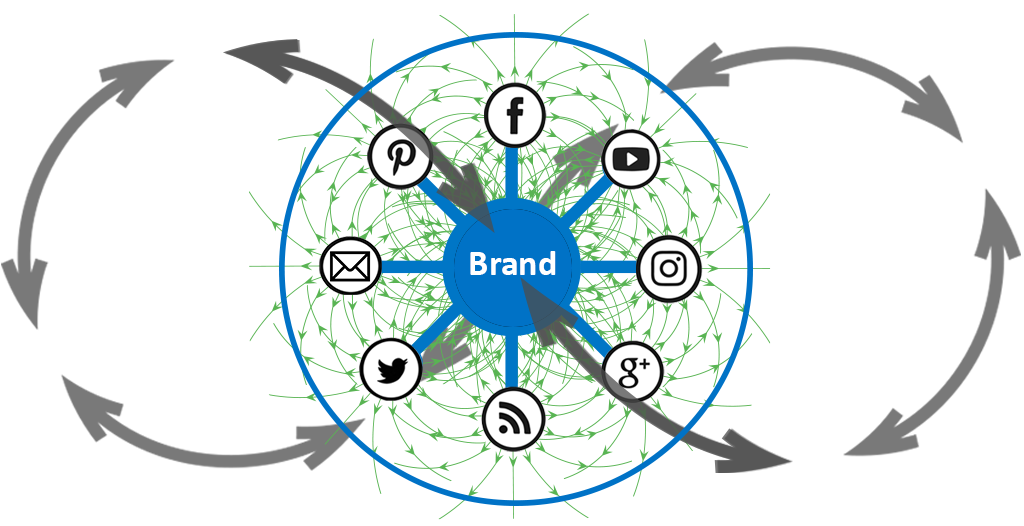
As seen in this model, the brand hub remains at the center, creating the message magnet (the larger blue circle encompassing it) as messages (green arrows) are sent out through marketing channels. As messages attract customers in the market segment, they will be pulled along the infinity loop closer to the brand hub, and vice versa as customers in the market segment are repelled by the marketing messages.
In boohoo’s case that is shared above, their marketing messages consistently stay true to who they are as a brand while also closely aligning with the audience in their market segment, drawing more and more customers along the infinity loop and towards the brand hub, resulting in more sales and higher revenues for the company.
If you are interested in learning more about our Social Media Magnet theory and model, including how the message magnet gets conveyed onto a brand axis representing acquisition, retention, and engagement strategies, download our white paper. If you are interested in previewing what it would be like to be a full Social Media Magnet professor, request our professor preview today.


